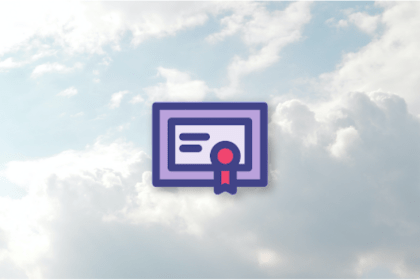
The Certified Scrum Master certification focuses on the scrum framework and understanding team accountabilities, scrum events, and artifacts.

It feels like only yesterday that the word “agile” indicated some nirvana state that every self-respecting tech company wanted to achieve.

Feature flags are components that enable software teams to manage and control the release of a product in a more controlled manner.

Disciplined agile is a flexible agile method that adapts to your team’s needs rather than the other way around. Instead of a rigid set of non-tailorable rules, DA offers a toolkit.

A sprint review is used to inspect the increment delivered in the previous iteration and determine the direction of further iterations.

XP practices are more central to the way that work is done compared to traditional projects. XP aims to deliver stable, working software, predictably.

A scrum master serves a team by coaching team members to understand agile and scrum values, principles, and practices.

Kaizen encourages organizations to foster a culture of empowerment, collaboration, and innovation through a structured process and a set of principles. That sentences should ring a lot of bells for product managers.

Trunk-based development is an approach to where developers frequently integrate their code changes into a shared main branch.

The iterative process involves building out a new feature or function for the product one step at a time to maximize resources.

The DORA group outlines specific metrics to track and work towards in order to get the most out of your product.

The iterative process is a set of actions consisting of analysis, planning, design, implementation, testing, and review.